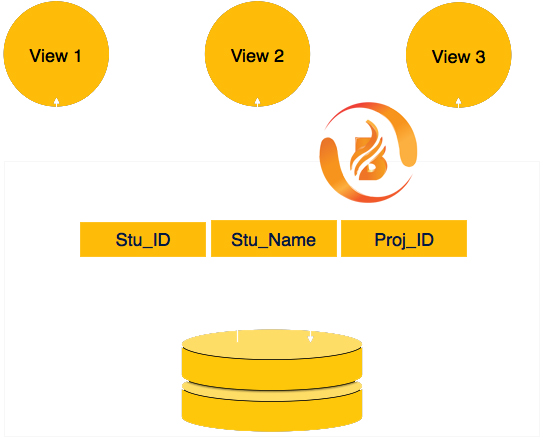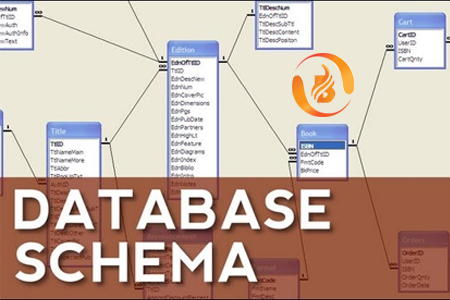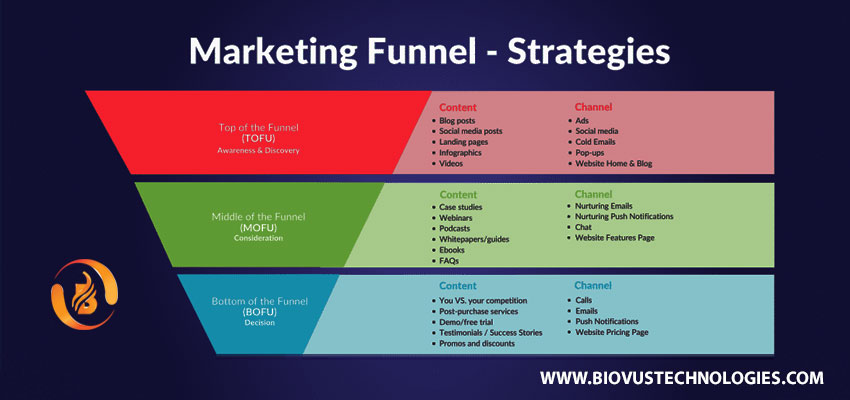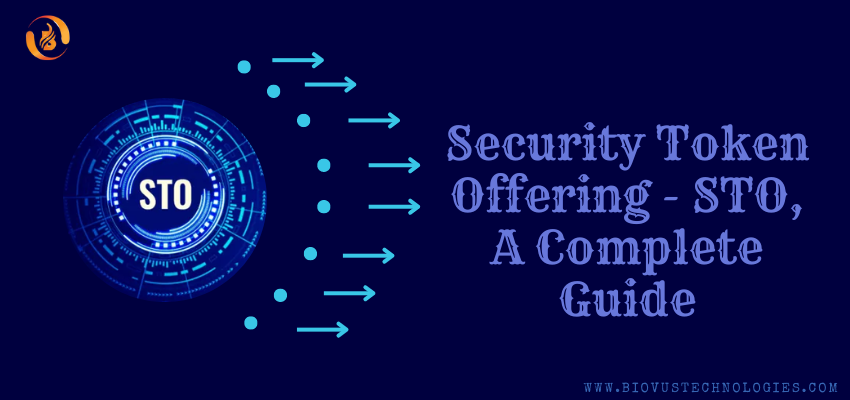Database Schema Explained:
A database schema is a skeletal structure that reflects the database’s logical perspective. In our associates, we help you with the best database scheme from the Largest IT Company In India. It specifies how data is arranged and how relationships between them are linked. It specifies all of the restrictions to be imposed on the data.
The entities in a database schema, as well as their relationships, are defined by the schema. It includes a description of the database that may be seen using schema diagrams. The schema is created by database designers to aid programmers in understanding and making use of the database.
Database instance explains:
It is critical that we distinguish between these two words. The backbone of a database is its schema. It’s created in the case that the database doesn’t exist at all. It’s quite tough to make modifications to a database once it’s up and running. There is no data or information in a database structure.
A database instance is a running database that contains data at any given time. It saves a copy of the database as a snapshot. The instances of databases tend to alter over time. By rigorously obeying all of the validations, constraints, and conditions established by the database designers, a DBMS guarantees that every instance (state) is in a legitimate state.
The difference between a database schema and a database instance
A database schema is the “blueprint” of the database, describing how the data interacts with other tables and data models. The schema, on the other hand, does not include any data.
A database instance is a snapshot of data from a database at a certain point in time. It contains all of the attributes that are described as data values in the schema. Database instances, unlike database schemas, are likely to change over time since they are merely a snapshot at a given instant.

Types of database schema:
A conceptual database schema, a logical database schema, and a physical database schema are the three sorts of schemas that are frequently referred to by the name schema.
- Conceptual schemas: It provides a big-picture perspective of the system, including what it will contain, how it will be arranged, and which business rules will be involved. Typically, conceptual models are generated as part of the early project requirements collecting process.
- Logical database: In comparison to conceptual database schemas, logical database schemas are less abstract. Table names, field names, entity relationships, and integrity constraints—that is, any rules that control the database—are all well-defined schema objects. They do not, however, usually have any technical requirements.
- Physical database: These schemas include technical information that logical database schemas do not, as well as contextual information like table names, field names, entity connections, and so on. That is, it also has the syntax for constructing these data structures on disc storage.
The advantages of database schemas:
Database objects and schemas are becoming increasingly important as big data grows, ensuring efficiency in day-to-day business processes. In our associates, we help you with the best database scheme from the Top 10 IT Company In India. Relational models that are inadequately structured and documented will be more difficult to manage, causing issues for both users and the firm.
The following are some of the most important advantages of database schemas:
- Access and security: Database schema design helps arrange data into different entities, making it easier to reuse a single schema across several databases. Database permissions provide an additional degree of protection for highly sensitive data, allowing administrators to regulate access. A single schema, for example, may include personally identifiable information (PII), which you’d want to encrypt for privacy and security reasons.
- Organization and communication: Database schema documentation allows for greater organization and communication among internal stakeholders. It allows users to grasp the logical constraints and aggregation methods across tables since it gives a single source of truth.
- Integrity: Data veracity is further enhanced by this structure and communication. It can assist administrators in managing normalization operations to minimize data duplication, for example. It can also help in ensuring that the restrictions in the schema’s database architecture are adhered to, allowing for ACID compliance (atomicity, consistency, isolation, durability).
Visit us at: www.biovustechnologies.com







